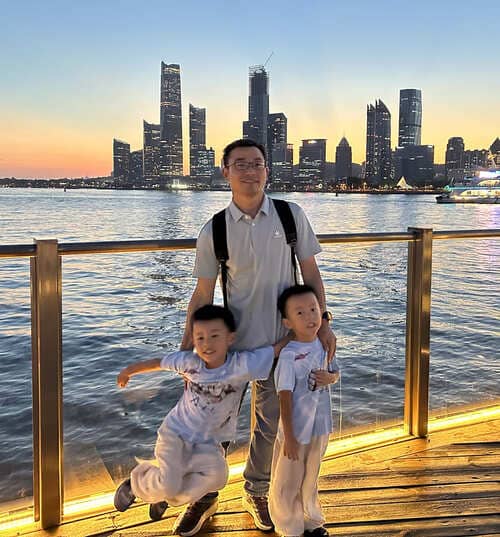When you're working against time in the dark, the wrong light can cost more than money—it can cost safety and time.
The best portable LED light tower should be glare-free1, quick to deploy, weather-resistant2, and bright enough to cover large areas safely and efficiently.

If you’re unsure what to look for when buying a portable LED light tower, you’re not alone. Many buyers just focus on brightness or price. But that’s not enough. If the tower fails in the field, the whole job suffers. That’s why I always recommend checking for these seven key features before making any decision.
Is it truly glare-free1?
Bright isn’t always better—especially if it blinds workers and causes accidents.
A glare-free1 light tower reduces shadows and discomfort, making nighttime work safer and more productive for everyone involved.

In road construction or emergency rescue, harsh lighting creates hazards. Workers might turn their heads away or misjudge distances. I’ve seen this happen many times. A glare-free1 light—like the one we use in our inflatable towers—uses diffused lighting3 to cover the area evenly without hurting the eyes. Here’s the trick: it’s not just about lumens, but about how that light spreads. Look for towers that offer 360-degree uniform lighting without sharp beams or hot spots.
| Feature | Benefit |
|---|---|
| Diffused lighting | No harsh shadows, better visibility |
| 360-degree design4 | Covers wide areas with consistent light |
| Adjustable height | Controls how light spreads |
How fast can you deploy and remove it?
Time matters when lives—or deadlines—are on the line.
A good portable LED tower should be ready to go in under 5 minutes and pack up just as fast, even by one person.

In emergency situations or temporary events, setup speed is everything. I remember a fire team telling me they had to abandon a tower halfway because it took too long to set up. That’s why our inflatable design5 matters—it inflates in under 60 seconds, no tools needed. Check if the light tower has telescopic poles6 or inflatables, lightweight builds, and simple plug-and-play wiring7. These features save manpower and stress, especially at night or in bad weather.
| Deployment Style | Setup Time | Tools Needed |
|---|---|---|
| Inflatable | < 2 minutes | No |
| Telescopic pole | ~5 minutes | Basic tools |
| Metal tripod | > 10 minutes | Yes |
Can it handle rough weather and tough conditions?
Rain, dust, and wind don’t care about your lighting plans.
Look for a tower rated IP65 or higher, with stable builds and waterproof housing to survive outdoor use.

Outdoors means unpredictability. I’ve seen light towers sink in mud, tip in wind, or short out in rain. That’s why IP65 is our baseline. It means dust won’t get in, and jets of water won’t break it. You also want a wide base or weight options to prevent tipping. Some towers use air-filled designs to stay upright even on uneven ground. Strong LED casings and sealed connectors protect the electronics. Durability isn’t a bonus—it’s the difference between working and waiting in the dark.
| Protection Level | What It Means |
|---|---|
| IP65 | Dustproof & water jet resistant |
| Anti-shock frame | Resists drops or rough handling |
| Stable base | Won’t tip over in windy areas |
Does it offer enough brightness and coverage?
Too dim and the job slows. Too narrow and you miss spots.
A reliable tower should offer 60,000 lumens8 or more, with even 360-degree coverage and adjustable height9 options.
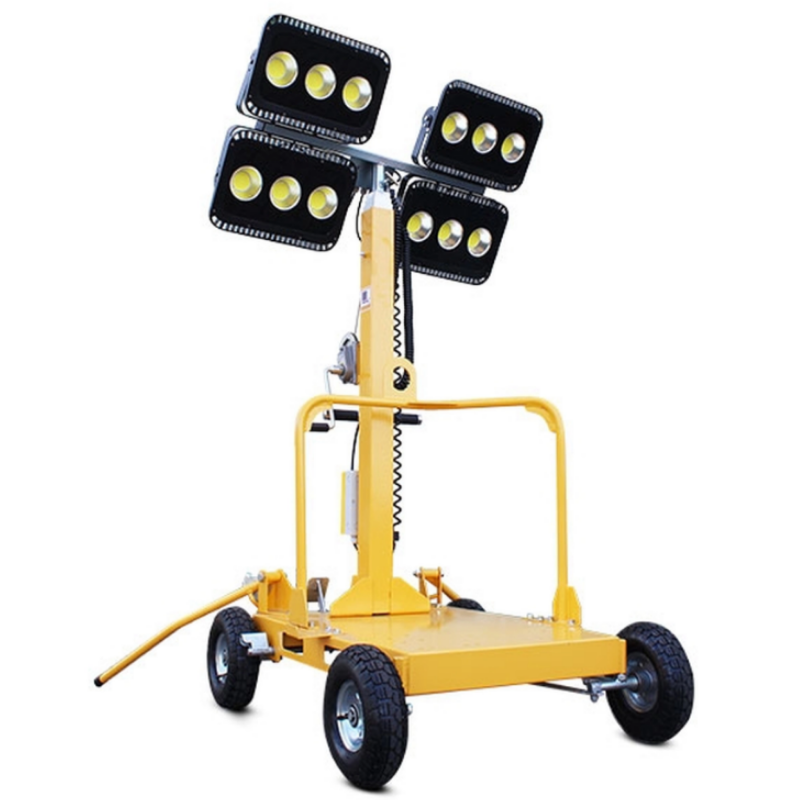
Light output is measured in lumens, but spread is just as important. A 60,000-lumen light in one direction leaves the other side in darkness. I’ve tested towers that were bright in one direction but useless for wide areas. The goal is uniform light. Ours provide omnidirectional beams10 and adjustable masts. That way, whether you’re lighting a road, a stage, or a disaster scene, you’re covered. Bonus: LED lights with optical lenses enhance spread without sacrificing brightness.
| Lumens Output | Coverage Area | Best Use |
|---|---|---|
| 30,000 | Small sites | Camping, small repairs |
| 60,000 | Mid-size zones | Construction, events |
| 100,000+ | Large operations | Fire rescue, public works |
Is it easy to move and store?
Big lights shouldn’t mean big headaches.
A good portable tower should fit in a car trunk and be light enough for one person to carry.
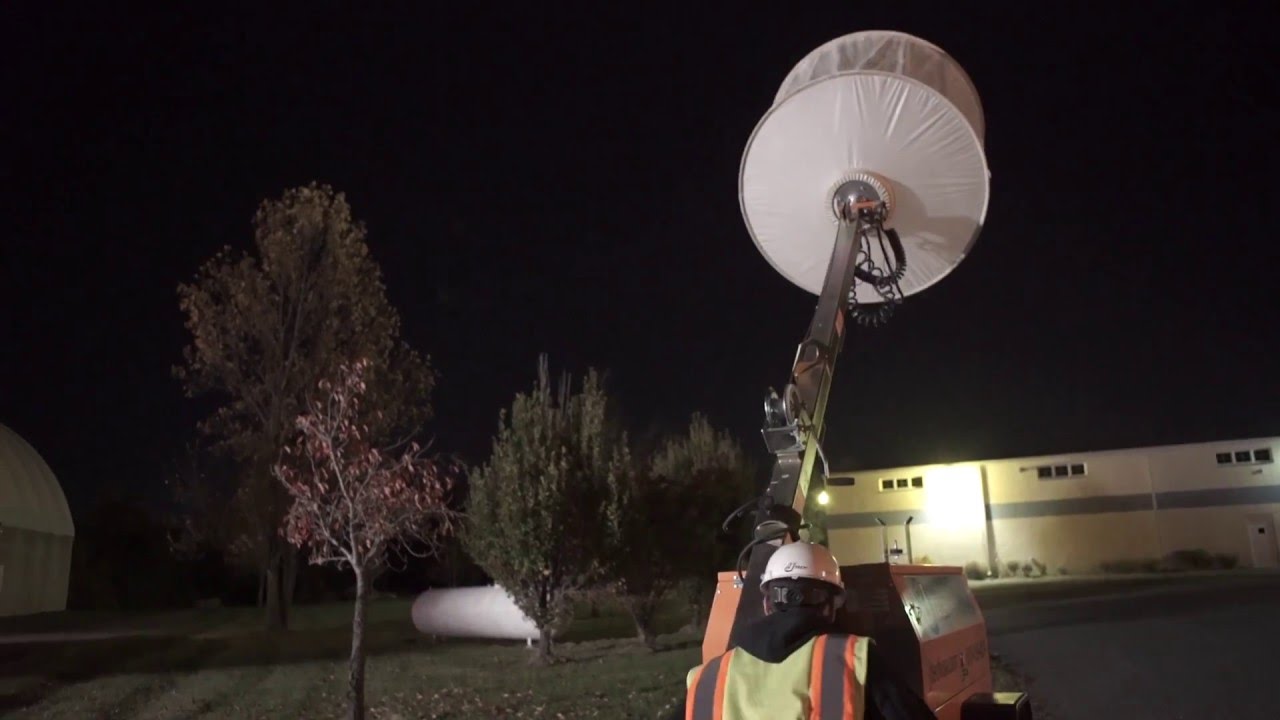
I once helped a team unload a traditional tower from a trailer—it took four guys. That doesn’t work for quick jobs. Inflatable towers like ours fold into a bag. Some even come with wheels or backpack-style straps. Before buying, ask: can I move it alone? Will it fit in my vehicle? Is storage simple? Portability means more jobs, faster setup, and less manpower.
| Design Type | Weight | Fits in Trunk? |
|---|---|---|
| Inflatable Light | < 30 kg | Yes |
| Metal Tripod | 40–60 kg | Maybe |
| Trailer-Mounted | > 100 kg | No |
How long can it run on power?
Power doesn’t last forever—make sure the light does.
Choose LED towers that can run for 8+ hours on batteries or connect easily to generators for extended use.
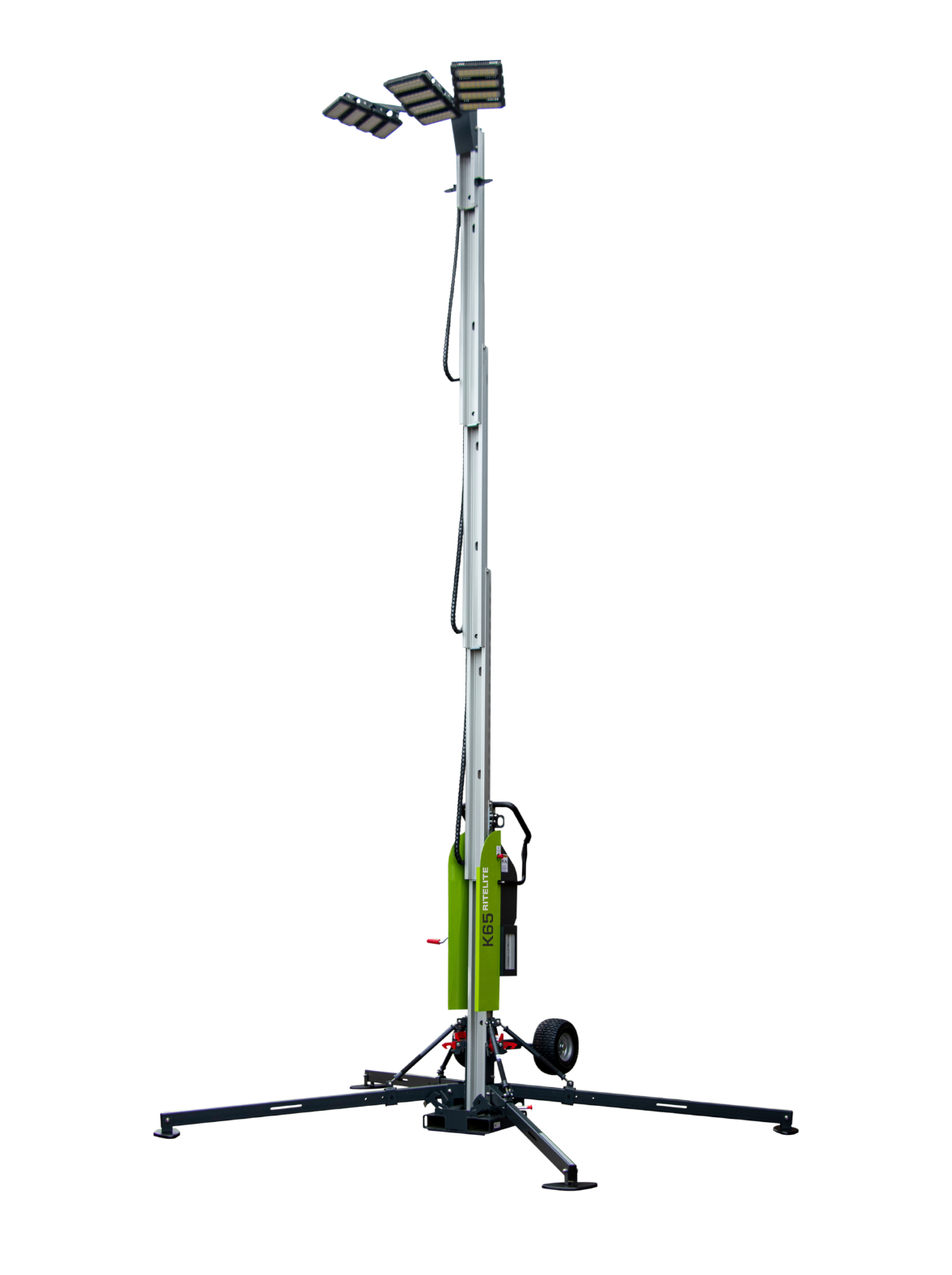
Battery life is critical for remote work or emergencies. I’ve been on sites where lights died halfway through the job. That’s a disaster. Check if the tower supports AC/DC input, or runs on lithium batteries. Ours plug into common power banks or generator sockets and sip energy thanks to efficient LEDs. Power-saving isn’t just green—it’s essential.
| Power Option | Run Time | Best For |
|---|---|---|
| Battery (lithium) | 8–10 hours | Short jobs, mobile use |
| Generator | Unlimited | Long shifts |
| AC Plug | Continuous | Urban/event lighting |
Can it be customized for your needs?
One-size-fits-all usually fits badly.
Look for towers that offer OEM options, different color temperatures, branding, and accessories to match your use case.
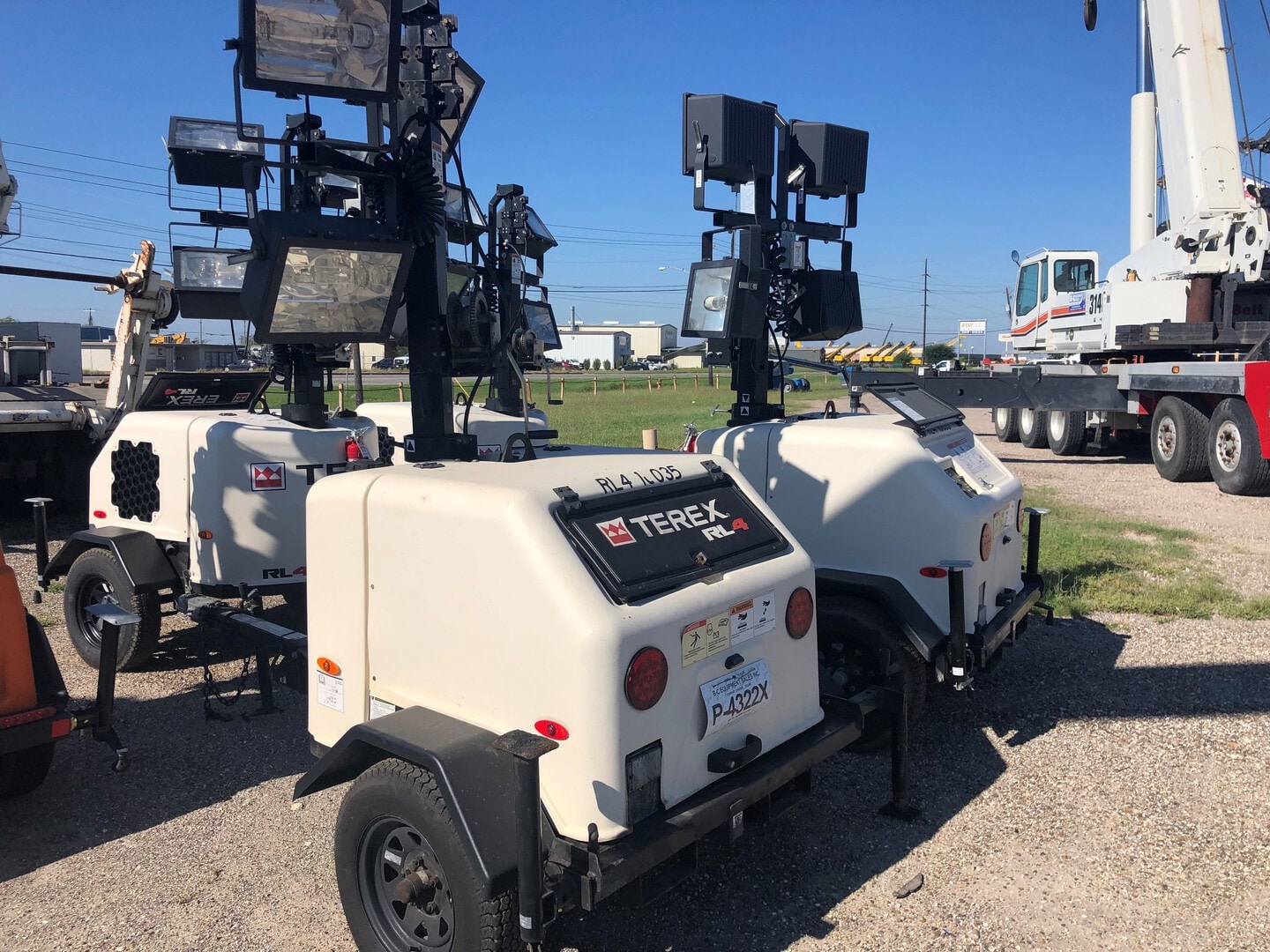
Sometimes, standard just won’t do. A wedding planner may want soft, warm light. A fire crew may need red flashing modes. A distributor might want their brand on the case. That’s where customization comes in. We’ve helped clients tweak lights for everything from Hollywood sets to mountain rescues. Good manufacturers will offer ODM services, flexible accessories, and even no-MOQ options so small businesses aren’t left out.
| Custom Option | Who Needs It |
|---|---|
| Color temperature | Events, photography |
| Logo printing | Distributors, OEM buyers |
| Flash/strobe modes | Emergency services |
Conclusion
Choosing the right LED light tower means safer, faster, and smoother operations—if you know what to look for.
-
Explore how glare-free lighting enhances safety and productivity in nighttime work environments. ↩ ↩ ↩ ↩
-
Understand how weather-resistant features ensure reliability and safety in outdoor conditions. ↩
-
Learn about the advantages of diffused lighting for reducing harsh shadows and improving visibility. ↩
-
Discover how 360-degree lighting coverage can enhance safety and efficiency in various work settings. ↩
-
Learn about the benefits of inflatable designs for quick setup and ease of transport. ↩
-
Discover how telescopic poles can improve light coverage and adaptability in various environments. ↩
-
Explore how plug-and-play wiring simplifies setup and enhances usability in various situations. ↩
-
Explore the importance of high lumen output for effective lighting in large areas. ↩
-
Learn how adjustable height options can enhance light spread and coverage in various applications. ↩
-
Learn how omnidirectional beams provide uniform lighting for better visibility and safety. ↩


